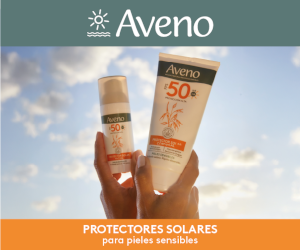Células madre
Resumen
Resumen:
Las células madre son células indiferenciadas excepcionales que tienen la capacidad de autorrenovarse durante períodos indei nidos y originar los más de 200 tipos de células que constituyen a un individuo. Se las clasifica, según su potencial de diferenciación, como totipotentes, pluripotentes o multipotentes; y, según el tejido de origen, como células
madre embrionarias o adultas. A pesar de sus diferencias y de los cuestionamientos éticos que despiertan, estas células representan las herramientas de investigación capaces de albergar las respuestas para la terapia de sustitución celular en enfermedades como cardiopatía crónica, diabetes, cáncer, enfermedad de Parkinson, esclerosis múltiple y enfermedad de Alzheimer, entre otras, y para comprender los sucesos cardinales del desarrollo embrionario que modificarán el conocimiento y el tratamiento de las enfermedades congénitas y adquiridas. Si bien actualmente hay más preguntas que respuestas y una necesidad de profundizar la investigación, las células madre tienen un potencial terapéutico importante y representan la promesa para el futuro
(Dermatol Argent 2009;15(4):246-254).
Palabras clave:
células madre, plasticidad, terapia celular.
Title: Stem Cells
Abstract
Stem cells are a unique type of undifferentiated cells that have the ability to self-replicate for indefinite periods and give rise to the more than 200 different cells that make up the organism. They can be classified according to their differentiation potential as totipotent, pluripotent or multipotent, and by their tissue of origin in embryonic or adult stem cells. Despite their differences and the ethic arguments they give rise to, these cells represent the research tools that may hold the answers to replacing cells lost in diseases such as chronic heart failure, diabetes, cancer, Parkinson´s disease, multiple sclerosis, Alzheimer´s disease among others, and to understand the key events in embryonic development that will change the knowledge and treatment of birth defects and acquired diseases. Although nowadays there are more questions than answers and there still is much research required, stem cells hold great therapeutic potential and promise for the future
(Dermatol Argent 2009;15(4):246-254).
Key words:
stem cell, plasticity, cellular therapy.
Descargas
Publicado
Número
Sección
Licencia
El/los autor/es tranfieren todos los derechos de autor del manuscrito arriba mencionado a Dermatología Argentina en el caso de que el trabajo sea publicado. El/los autor/es declaran que el artículo es original, que no infringe ningún derecho de propiedad intelectual u otros derechos de terceros, que no se encuentra bajo consideración de otra revista y que no ha sido previamente publicado.
Le solicitamos haga click aquí para imprimir, firmar y enviar por correo postal la transferencia de los derechos de autor












